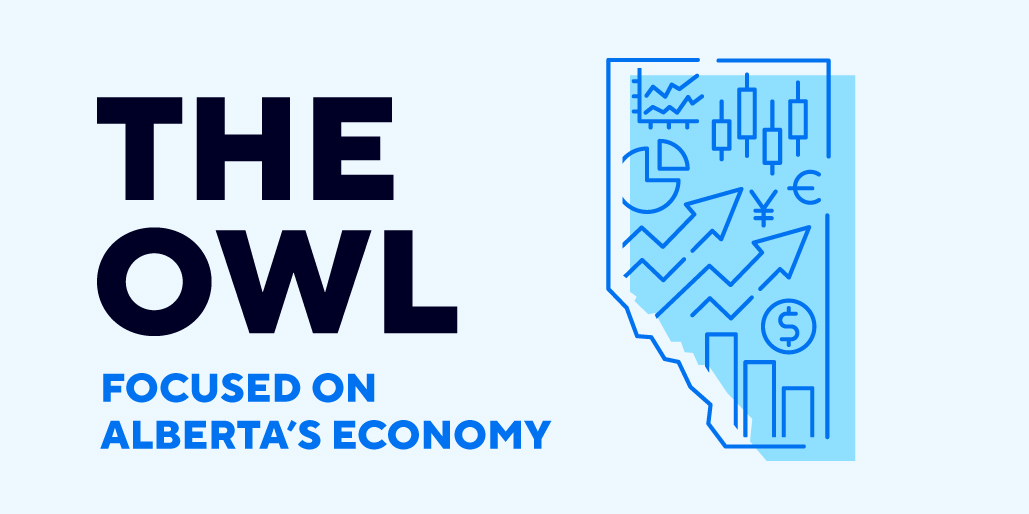Canada’s annual inflation rate eased from 2.9% to 2.8% in February, beating consensus expectations of 3.1%.
The cooldown arose from a smaller increase in grocery prices and declines in internet and cellular prices, which offset higher gasoline prices. Notably, grocery prices rose 2.4% year-over-year (y/y), the smallest increase since July 2021.
But even importantly, core measures of inflation cooperated. The Bank of Canada closely tracks core inflation, which removes more volatile components, to capture underlying inflation pressures.
The trim measure of core prices dipped to 3.2% y/y and the median to 3.1% y/y, both down 0.2 points from January. Changes in the 3-month moving average, which strips out base year effects, are now sitting just above 2% annualized for both measures.
Shelter inflation (+6.5% y/y) remains high and sticky, fueled by rents and mortgage costs. Mortgage interest costs remain a big driver, adding nearly a percentage point to headline inflation (ex. mortgage costs CPI inflation was 1.9%). This effect will dissipate as rates shift lower. Rent inflation (+8.2% y/y) remains high and will prove more durable due to ongoing housing supply issues.
Where does this put the Bank of Canada? There’s no question this is a welcome development. The Bank said at its March 6 rate announcement that it expected inflation to be ‘close to 3%’ for the first half of the year. But will it be enough to pursue the Bank to cut in April? It may still be too early, and we think the Bank will be inclined to wait it out to see if the trend holds. With today’s friendly reading, our June call for the first rate cut seems like a safer bet.
In Alberta, the annual inflation rate rose above the national rate for the second straight month, increasing to 4.2% from 3.4% in January.
The uptick was primarily caused by natural gas prices, which rose 15% y/y following a 19% y/y decline in February (regulated rate natural gas prices dipped in this month, so this effect should reverse in March)
Electricity prices also put upward pressure on headline inflation in Alberta. The more than doubling of prices over the past 12 months was entirely due to base period effects, as $75 rebates and a rate cap of 13.5 cents kw/h were in place in February 2024. On a month-over-month basis, electricity prices have declined the last two months, and fell again in March . As such, electricity prices should start subtracting from the annual inflation rate starting in the spring.
Gasoline prices (up 6.4% y/y) added more to annual inflation in Alberta than nationally (up 0.8% y/y), partly reflecting the partial reinstatement of the fuel tax starting January 1.
Excluding energy and food prices, Alberta’s annual core inflation rate was 2.9% - just above the national rate of 2.8%.
Answer to the previous trivia question: The two “houses” of Canada’s Parliament are the House of Commons and the Senate.
Today’s trivia question: What fairytale is sometimes used to explain the 2% inflation target?



